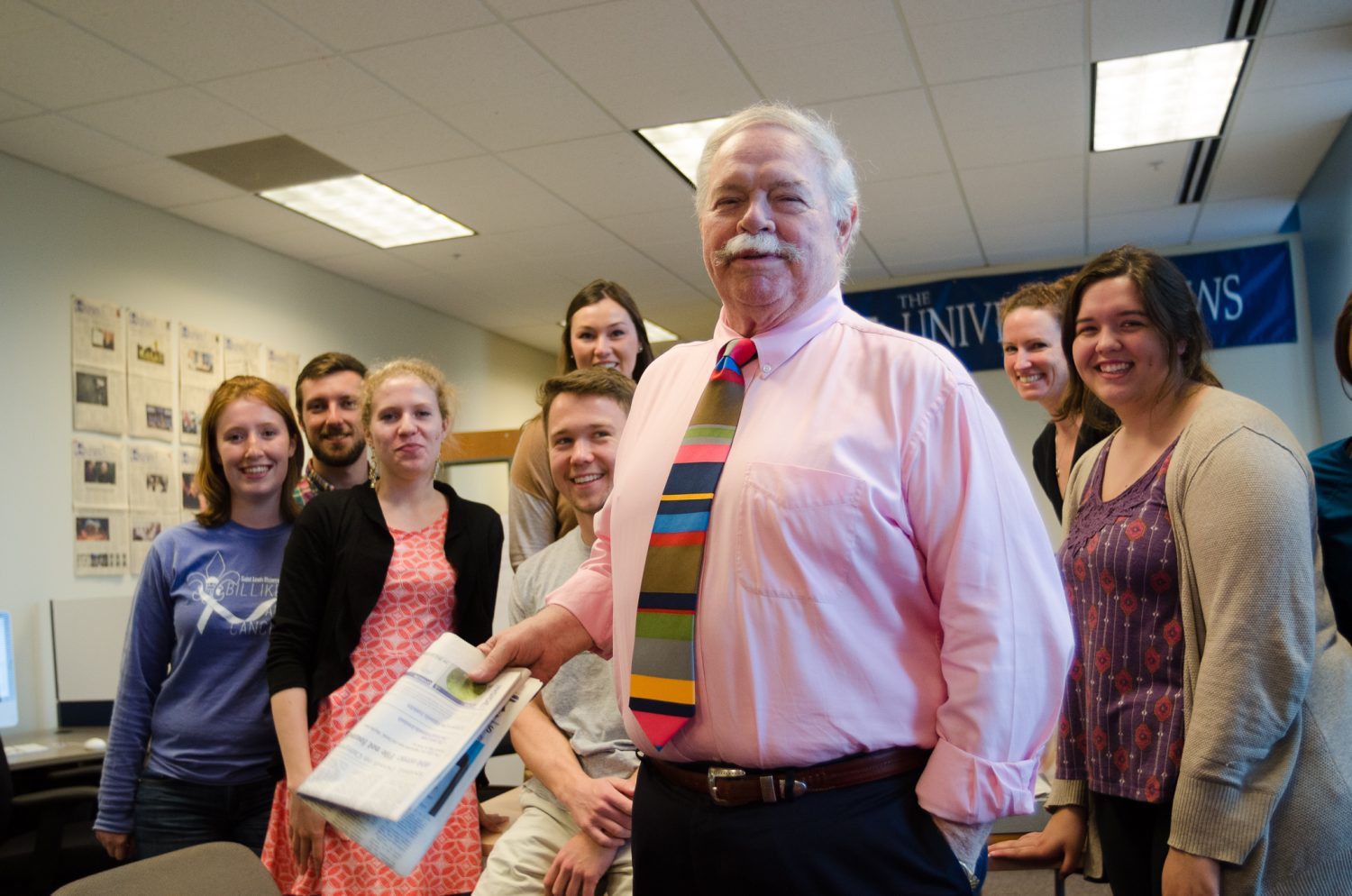When Miramax Studios announced that “the fourth film by Quentin
Tarantino” would be released as a two-part saga, fans around the
world felt a buzzkill for Kill Bill. The unorthodox release was
surely a double-dip marketing ploy, incapable of realizing
Tarantino’s claims of one story told in two distinct tones. Against
all odds, Tarantino has succeeded. Kill Bill Vol. 2 lacks the
heartstopping action sequences of its predecessor, but its
emotional conclusion is the ultimate testament of Tarantino’s
mastery as a filmmaker.
As the film begins, the Bride (Uma Thurman) has completed her
“roaring rampage of revenge” through the Deadly Viper Assassination
Squad, and only Bill (David Carradine) remains. But before her
quest for vengeance ends, we travel back in time to its genesis in
a dusty wedding chapel.
From his first shot of the barren Texas landscape, Tarantino
departs from Vol. 1’s atmosphere of neon lights and urban chic.
Vol. 2 looks, sounds and feels like a genuine Western film, albeit
a Western with Hattori Hanzo blades instead of Colt six-shooters.
The shadowy Bill of Vol. 1 at last reveals himself outside the
wedding rehearsal, and the initial confrontation between the Bride
and her former mentor, lover and boss bristles with electricity.
Unlike the Bride, we know that Bill has not arrived in peace. After
a verbal showdown ripped from the book of John Ford, Bill’s
assassins massacre the wedding party.
Tarantino’s casting is absolutely perfect. Thurman has never
looked sexier on-screen, nor given such a compelling performance.
She tears into Tarantino’s rich dialogue, imbuing his words with
compelling, vitriolic rage. Soaked in blood, mud and vengeance, the
Bride is a magnificent aberration–a fully realized action
heroine.
Bill is every bit the scheming scumbag we expected from Vol. 1,
but Carradine portrays him with a genuine sense of remorse that
ruins our former glee for his impending execution. Originally
written for Warren Beatty, Bill’s role as the suave Snake Charmer
of the DVAS lessens somewhat in the transition to Carradine, but
only when compared to Thurman’s excellence. Bill is not a dashing
manipulator; he deceives through every ounce of mysticism that
Carradine naturally articulates on-screen. Much like John Travolta
in Pulp Fiction, Carradine has successfully reapplied for his claim
to coolness in Kill Bill.
Reservoir Dogs hardcase Michael Madsen returns as Bill’s
pot-bellied brother Budd. Unlike the other DVAS, Budd regrets his
part in the chapel massacre, but cannot forgive the Bride for
Bill’s heartbreak. He bounces in a desolate Texas stripclub,
enduring constant abuse from a cocaine-addled boss as penance for
his actions. Even a warning from Bill cannot shake his doldrums;
Budd sold his priceless Hanzo sword for a meager $250.
The Bride comes calling, and Budd answers ferociously. He blasts
her with a shotgun, then buries her alive in a scene more harrowing
than any found in recent horror offerings. Trapped in a casket with
only a flashlight, the Bride must remember the lessons of her
master Pai Mei (Gordon Liu) to survive.
Liu is the unsung hero of Vol. 2. His snowy-haired,
wispy-bearded Pai Mei is Tarantino’s loving tribute to his Asian
cinematic influences. With harsh words and smug flicks of his
beard, Pai Mei transforms the Bride from a fearsome assassin into
an unstoppable warrior.
Despite his brief appearance in the flashback, Liu’s time in
Vol. 2 is essential to Tarantino’s goal of bridging Eastern and
Western film genres.
Of course, Vol. 2 isn’t all dialogue and no donnybrook. After
escaping her premature grave, the Bride confronts the sadistic Elle
Driver (Darryl Hannah) inside Budd’s trailer.
The femme-fatales’ ensuing fracas demolishes the trailer as
tobacco juice is thrown, TV antennas are whipped and swords clash
within the confines of the doublewide. Far removed from
choreographed wizardry of Vol. 1’s now-infamous “House of Blue
Leaves” scene, the fight is closer in spirit to the Bride’s
nerve-wracking knife fight with Vernita Green (Vivica A. Fox), but
elevated to a level of Jerry Springer-esque proportions.
The final confrontation with Bill is suitably epic, although
inevitably disappointing to those expecting another thrilling
showdown. A shocking revelation destroys any chance of a violent
confrontation, but elevates the drama beyond mere revenge and into
tragedy. The former lovers exorcise the demons of their tormented
relationship through words, not swords. Ironically, the Bride’s
final moments with Bill are filled with bittersweet love rather
than cold hatred.
As separate entities, the two volumes of the Kill Bill saga are
hallmark entries in the overflowing revenge-film canon. But the
greatness of the two volumes is marred slightly by the undeniable
fact that a single film, trimmed of self-indulgent excess, could
have been Tarantino’s magnum opus in an already storied career.
Each film drags in different areas, and although an unrestrained
Tarantino is always endearing to his legions of fans, tighter focus
would have reaped the same praise from a wider audience.
It’s not always best to measure twice and cut once.





